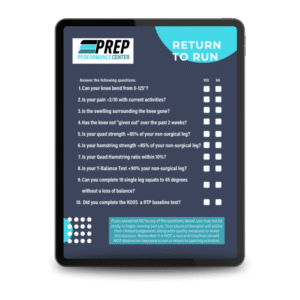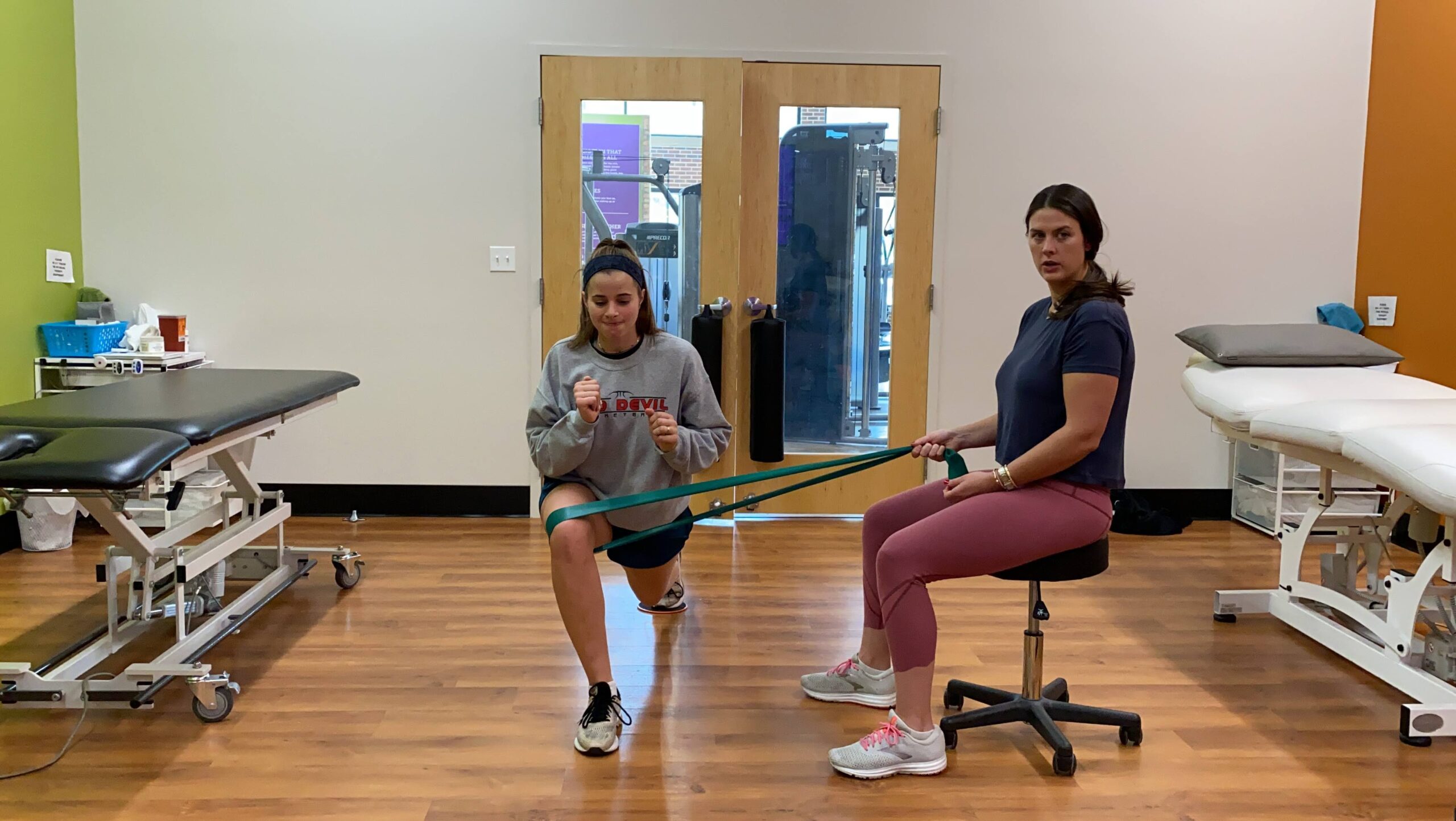ACL recovery isn’t just about getting through physical therapy—it’s about getting back to sport, safely and confidently. But not all rehab is created equal, and if you’ve had surgery, you deserve more than just a cookie-cutter recovery plan.
Let’s talk about why having a qualified, proactive PT who tests and progresses you appropriately is critical—and why sometimes, even with insurance, paying out of pocket might be the smarter long-term investment.
One Mom’s Frustration: A Real-Life Wake-Up Call
A mom recently shared her son’s experience recovering from ACL surgery through Kaiser, shedding light on some of the challenges families can face during rehab.
“We were told he was doing great…then failed his 6-month test with the Kaiser surgeon. We were confused—he was cleared, right? Now we’re 10 months post-op and paying out of pocket for a facility that does actual sports-specific rehab and monthly Biodex testing. It’s night and day. Yes, it’s expensive, but literally so worth it..”
Her son had been attending PT 2x/week through Kaiser’s outsourced provider, then dropped to once a week in-house. By the time he saw a private specialist, he was being told: “He shouldn’t even be running and jumping yet.”
Imagine being 6 months post-op and finding out you’re not even close to where you thought you were.
That’s not just frustrating—it’s dangerous.
The Difference Between “Standard PT” and Smart ACL Rehab
A good PT doesn’t just guide you through exercises—they measure where you are and constantly reassess where you’re going.
✔️ Do they test your strength with objective tools like a Biodex or force plates?
✔️ Do they assess movement patterns like knee valgus or squat mechanics?
✔️ Do they track progress every few weeks, not just eyeball it?
✔️ Are they building a progressive, sport-specific return to play plan—or just doing clamshells and hoping for the best?
Your PT should be your advocate, not just your cheerleader.
Why Progress Testing Matters (Especially After Month 6)
Many athletes hit a “gray zone” in rehab between 6 and 12 months. You’re running, maybe even jumping—but are your quads actually strong enough? Is your movement clean? Are you truly ready to return to sport?
Without objective data, you’re guessing. And in ACL rehab, guessing can lead to re-tears.
The Reality: Sometimes You Have to Pay for What Insurance Won’t Cover
It’s hard to admit, but often the best rehab doesn’t fit neatly into the insurance model. Longer sessions, more frequent visits, and high-level testing often aren’t reimbursed—and that means the most complete care may require an out-of-pocket investment.
As that same mom said:
“Paying out of pocket is expensive, but literally so worth it.”
Ready to Take the Guesswork Out of Your ACL Recovery?
Check out our PREP4ACL Online Training Program, led by Dr. Mary Kate Casey—a 4-Time National Champion and 2x ACLer. Whether you’re just starting post-op or 6+ months in, you’ll get a structured, tested plan to safely return to sport.
BONUS: Download Your FREE Return to Run Checklist

Not sure if you’re really ready to start running again? Grab our “Return to Run Checklist after Knee Surgery”—a practical guide to help you and your PT make confident, data-informed decisions.
Book an appointment with PREP Performance today and start progressing with purpose. Click the button below to schedule your visit:
Watch Next on YouTube: All About ACL Injuries – How to Bend My Knee After ACL Surgery?
Watch it here and get practical tips to improve knee flexion and jumpstart your recovery the right way.
Related Read: When Can I Return to Soccer After My ACL Surgery?
References:
Grindem H, et al. (2016). Simple decision rules can reduce reinjury risk by 84% after ACL reconstruction: The Delaware-Oslo ACL cohort study. British Journal of Sports Medicine, 50(13), 804–808. https://doi.org/10.1136/bjsports-2015-095908
Paterno MV, et al. (2010). Incidence of Second ACL Injuries 2 Years After Primary ACL Reconstruction and Return to Sport. The American Journal of Sports Medicine, 38(11), 2259–2264. https://doi.org/10.1177/0363546510376053

